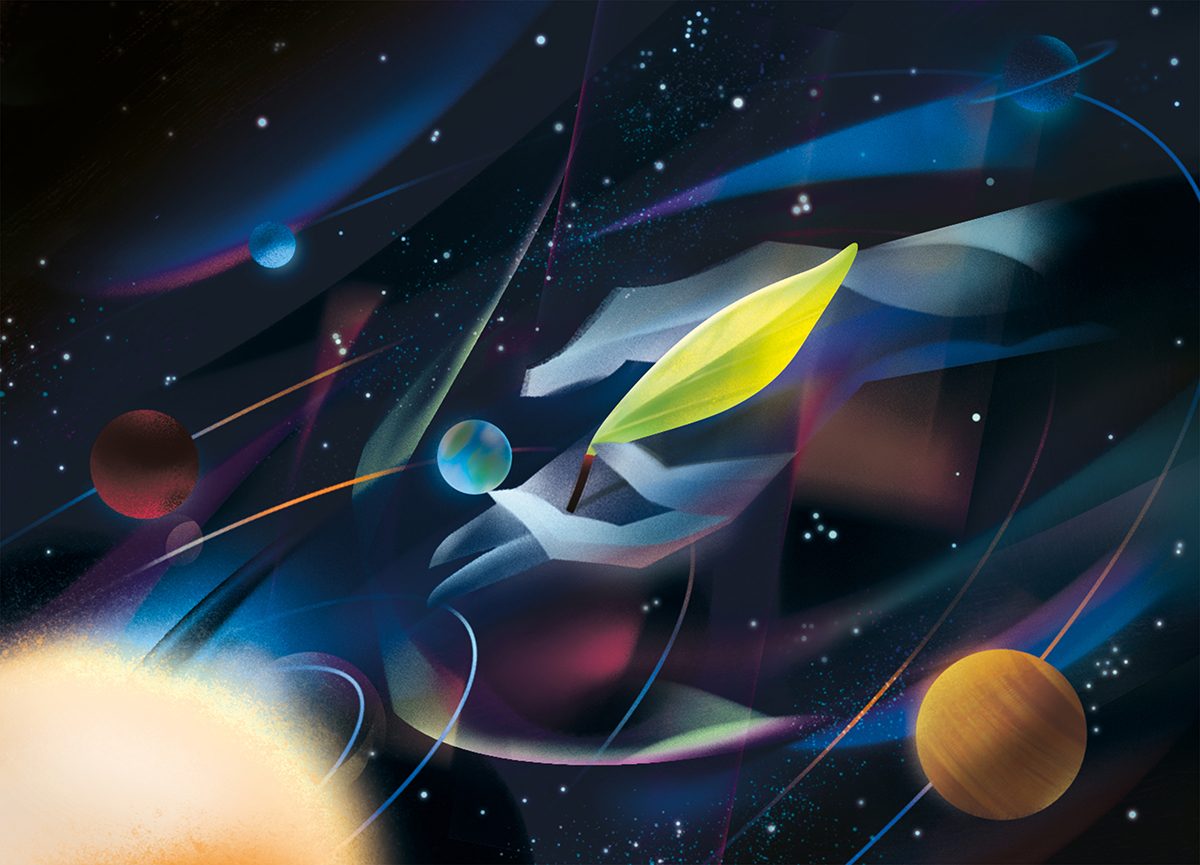There’s a meme that’s been floating around on social media recently, offering encouragement to turn our everyday perspective upside down.
“In the entire Universe, wood is rarer and more valuable than diamonds.”
While diamonds are surprisingly common in the Universe – being made from (very abundant) carbon crystallised in the high pressures of asteroid collisions and gas giant atmospheres – wood is stupendously rare.
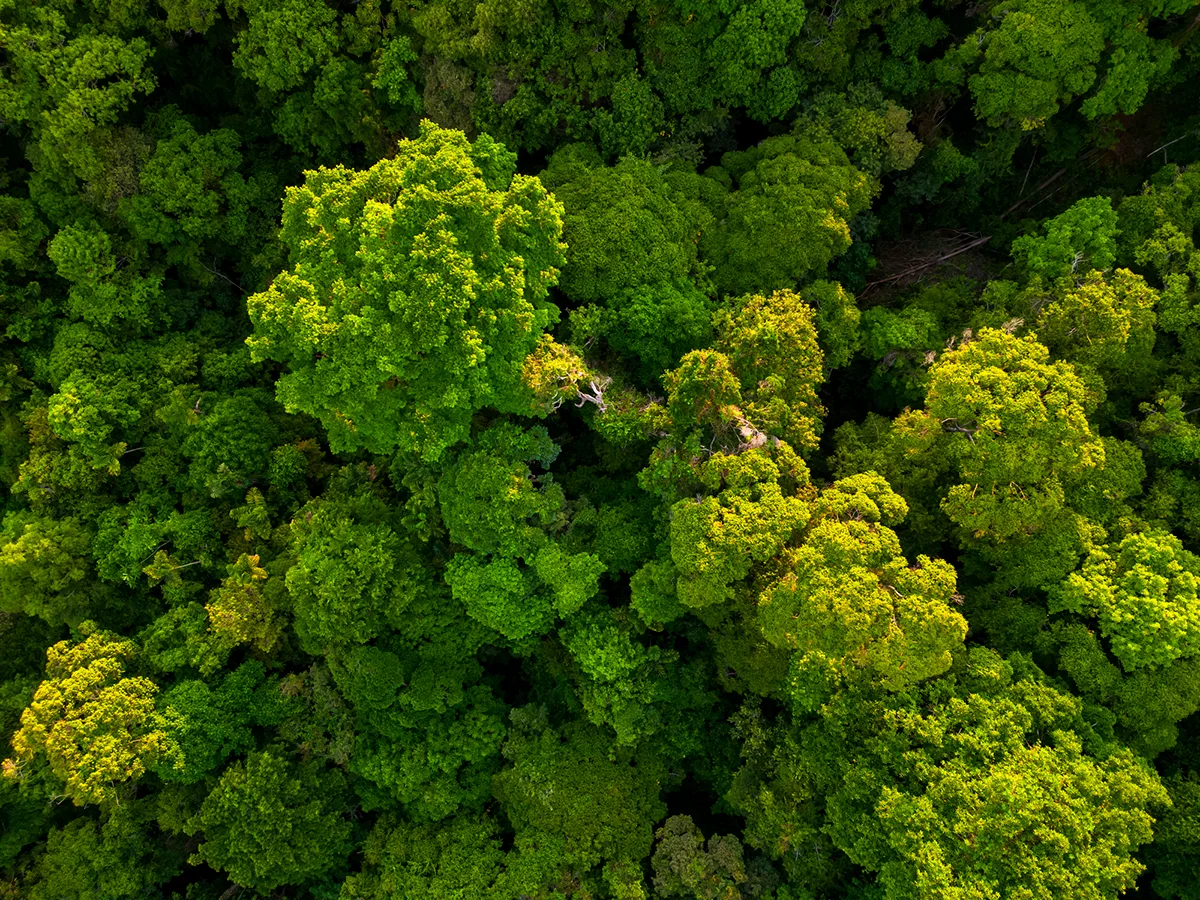
It requires life and a whole succession of evolutionary inventions, like DNA and photosynthesis, not to mention the presence of liquid water and a stable atmosphere.
As far as we know, these conditions exist only on Earth.
And if wood is rare, what about an intelligent, self-aware, communicative and inquisitive being, such as… you?
Life elsewhere in the Universe
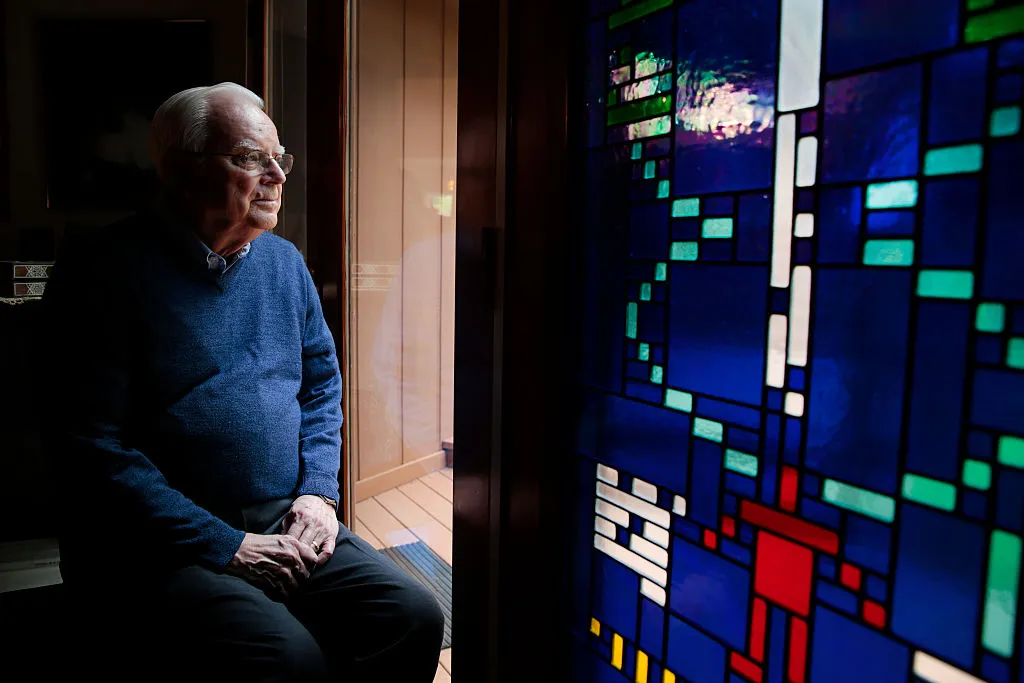
In 1961, Frank Drake came up with an equation to calculate the odds of intelligent life evolving, known as the Drake Equation.
It has five factors:
- the rate of formation of stars suitable for the development of life (some stars are very unstable or violent)
- the fraction of those stars with planets
- the number of planets per star that are suitable for life
- the fraction of those planets on which life actually appears
- the fraction of those on which intelligent life evolves
Currently, we only have numbers for the first two: we know there are around six or seven new stars born each year in the Milky Way, and it seems likely that the majority of stars have at least one planet.
Estimates for the number of those planets suitable for life (meaning the planet needs to be the right size and temperature) suggest hundreds of millions of potentially habitable planets in our Galaxy.
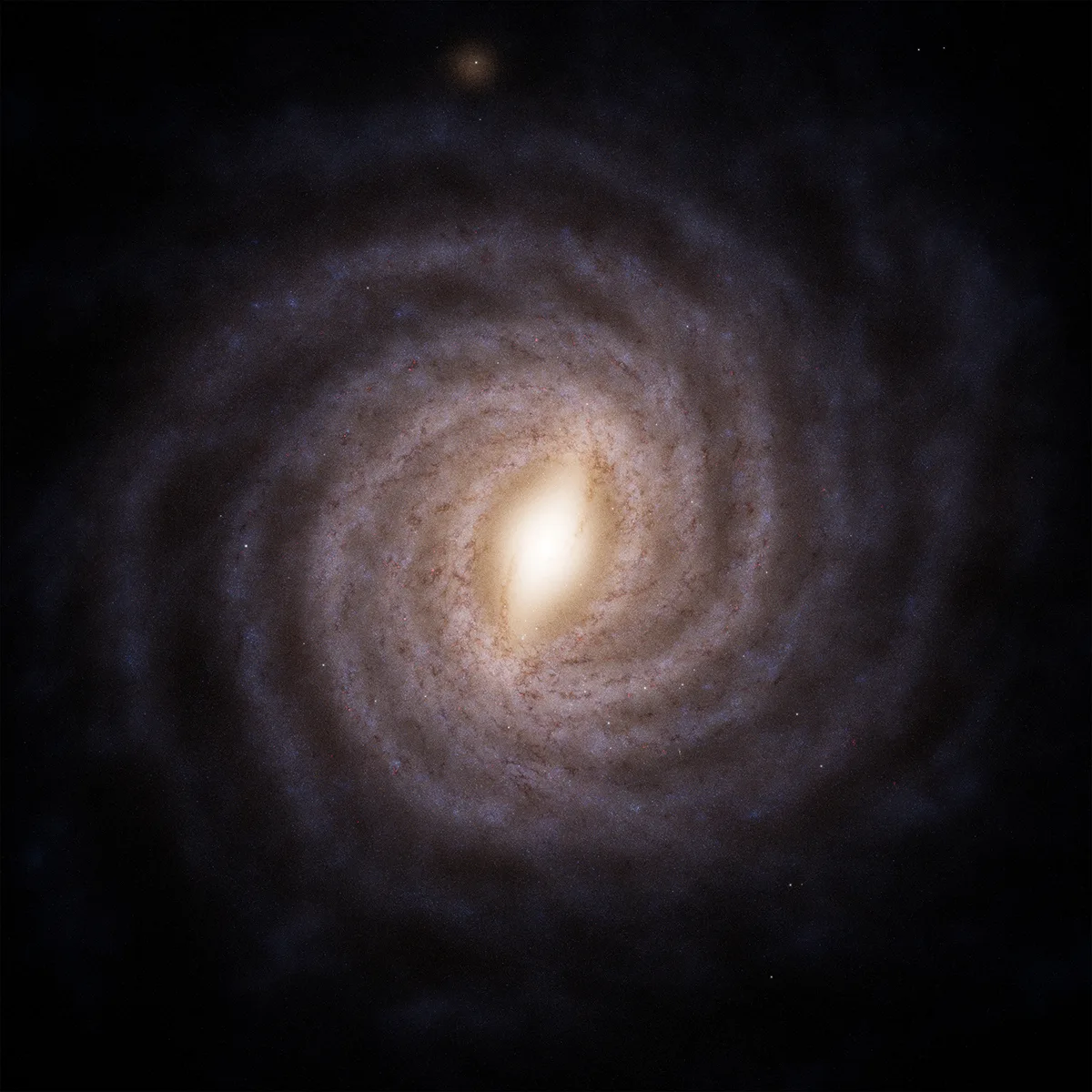
How many of those actually develop life we can only guess about.
So far, we only know it happened on our planet, but if we’re optimistic, we could assume that simple algae-like life develops on most suitable planets.
However, algae is a far cry from trees. And making the jump from trees to intelligent life?
Again, we can only guess.
Whether or not you’re an optimist, life must certainly be one of the most rare and most precious things in the Universe.
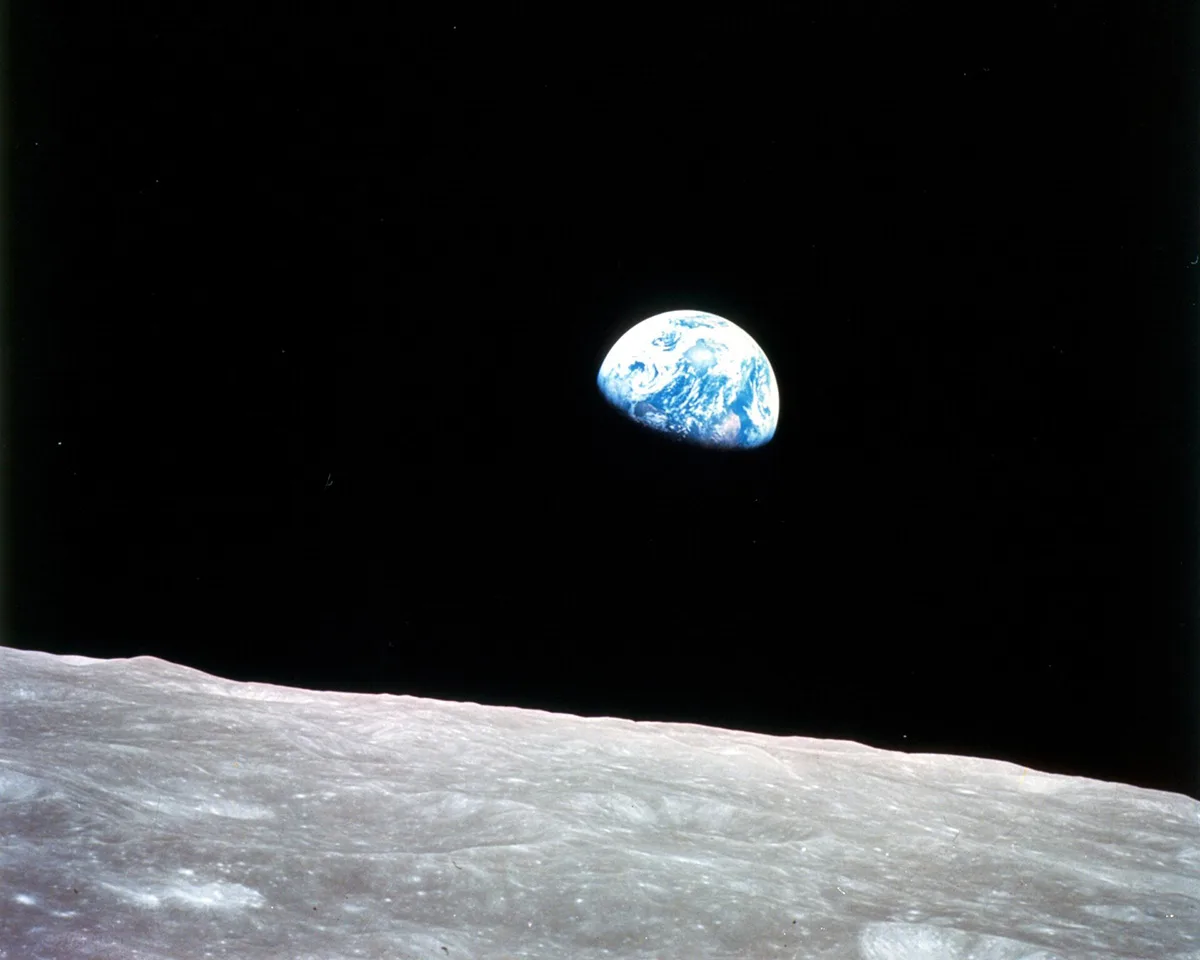
How rare is life?
Drake extended his equation to consider the chance of finding other intelligent civilisations by adding two further factors:
- the fraction of civilisations that develop technology that we could detect (such as radio signals, laser beams or spaceships)
- the length of time those civilisations exist for (considering the vast distances of space).
Humans have only been making signals that could be detected in space for about 100 years.
If you put all this together with some reasonable guesses, you end up with about one planet with intelligent life per galaxy at any one time.
So, we’re it!
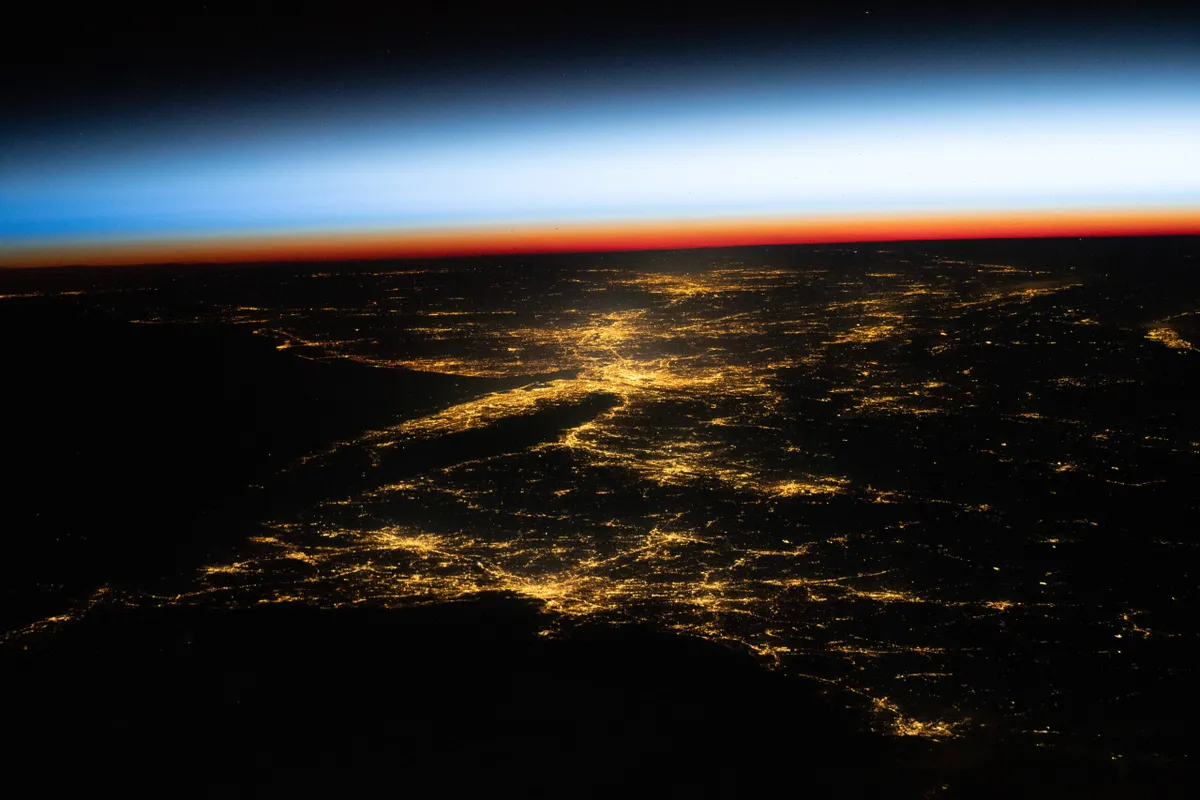
That means that human life – your life – is extraordinarily rare and that all life is deeply precious. You are one of the most incredible beings that has ever been created by this Universe.
Our mental health takes a plunge when we see ourselves and the life around us as something that doesn’t matter.
The ecosystem then becomes just something to serve us and we stop caring.
But, by turning this perspective upside down and recognising the value and rarity of life, we find a deeper connection and appreciation for all living things.
This article appeared in the August 2025 issue of BBC Sky at Night Magazine
